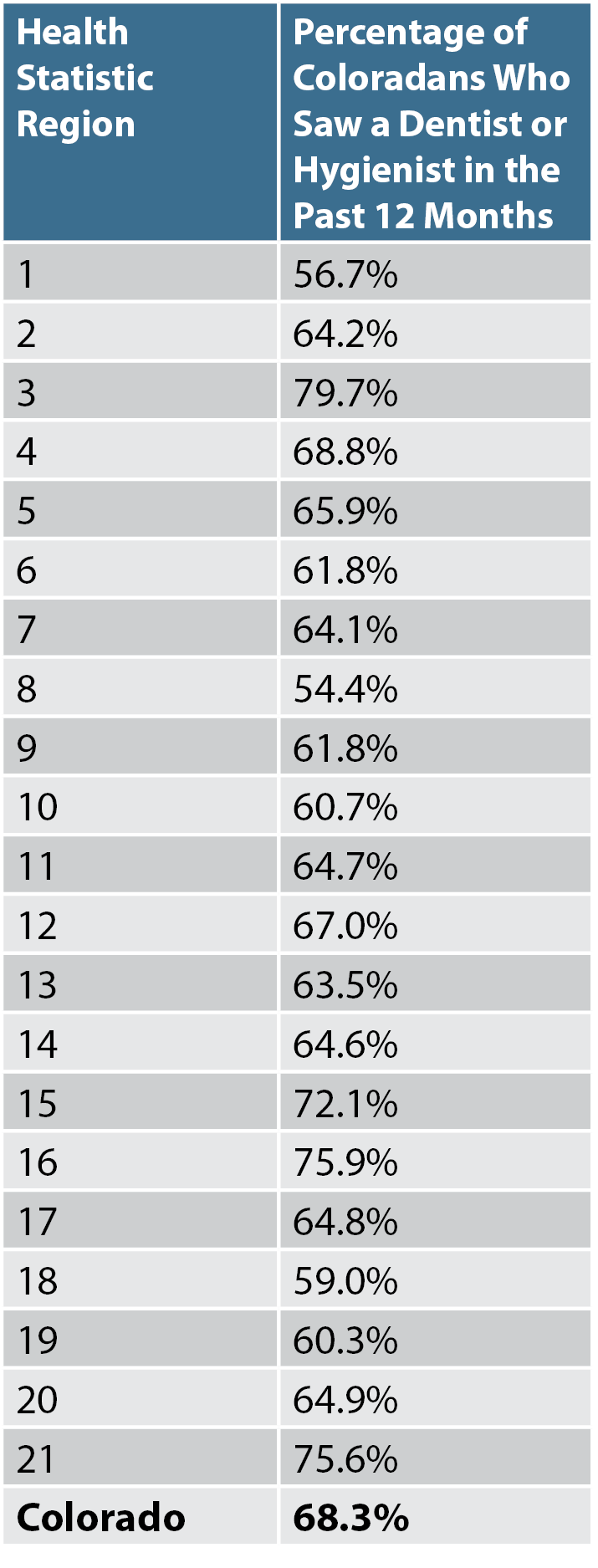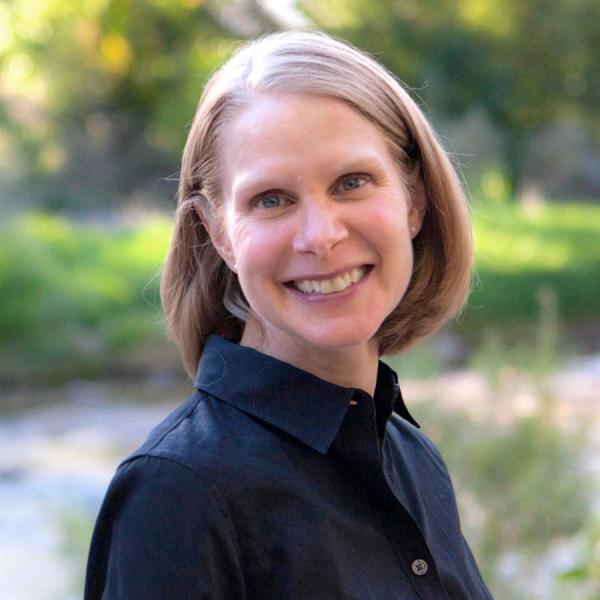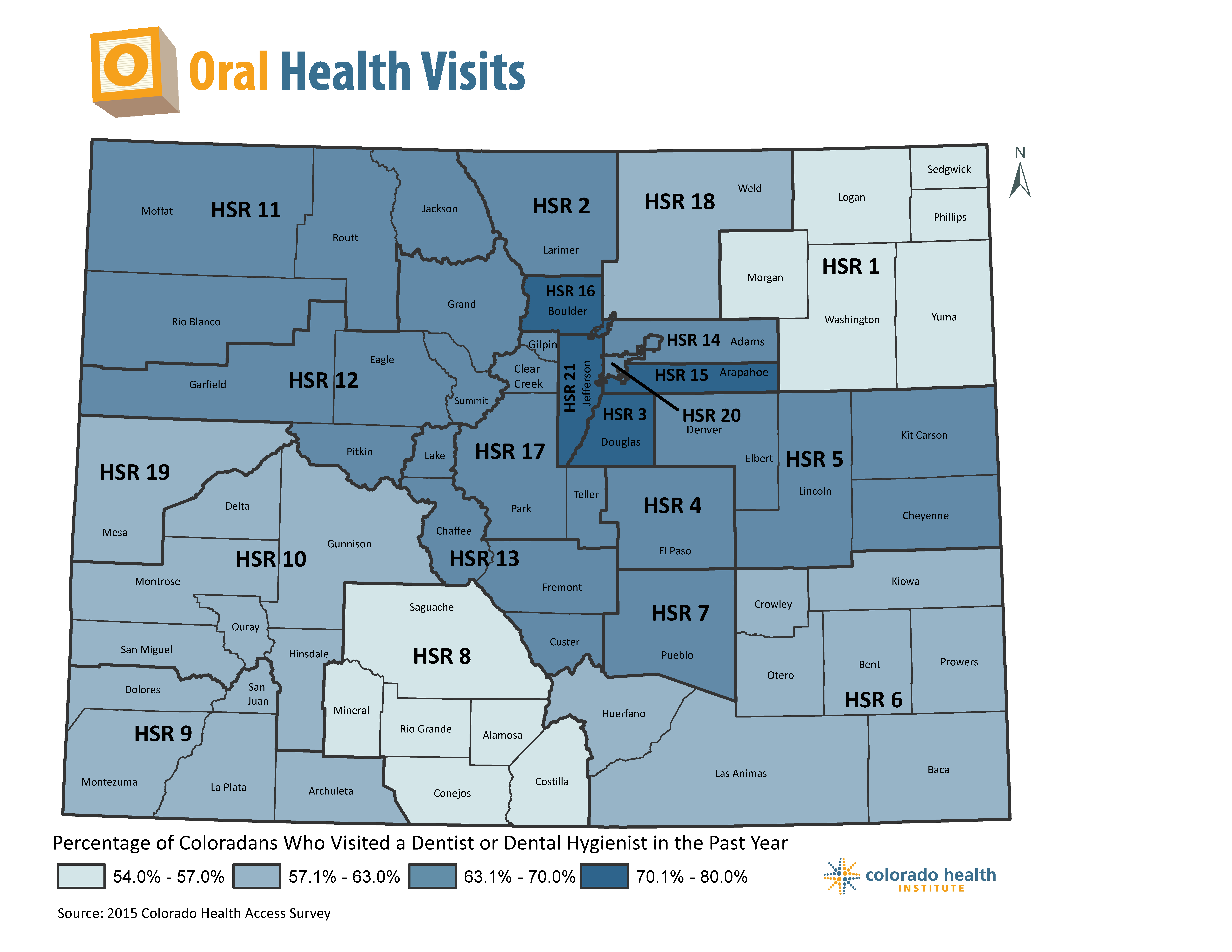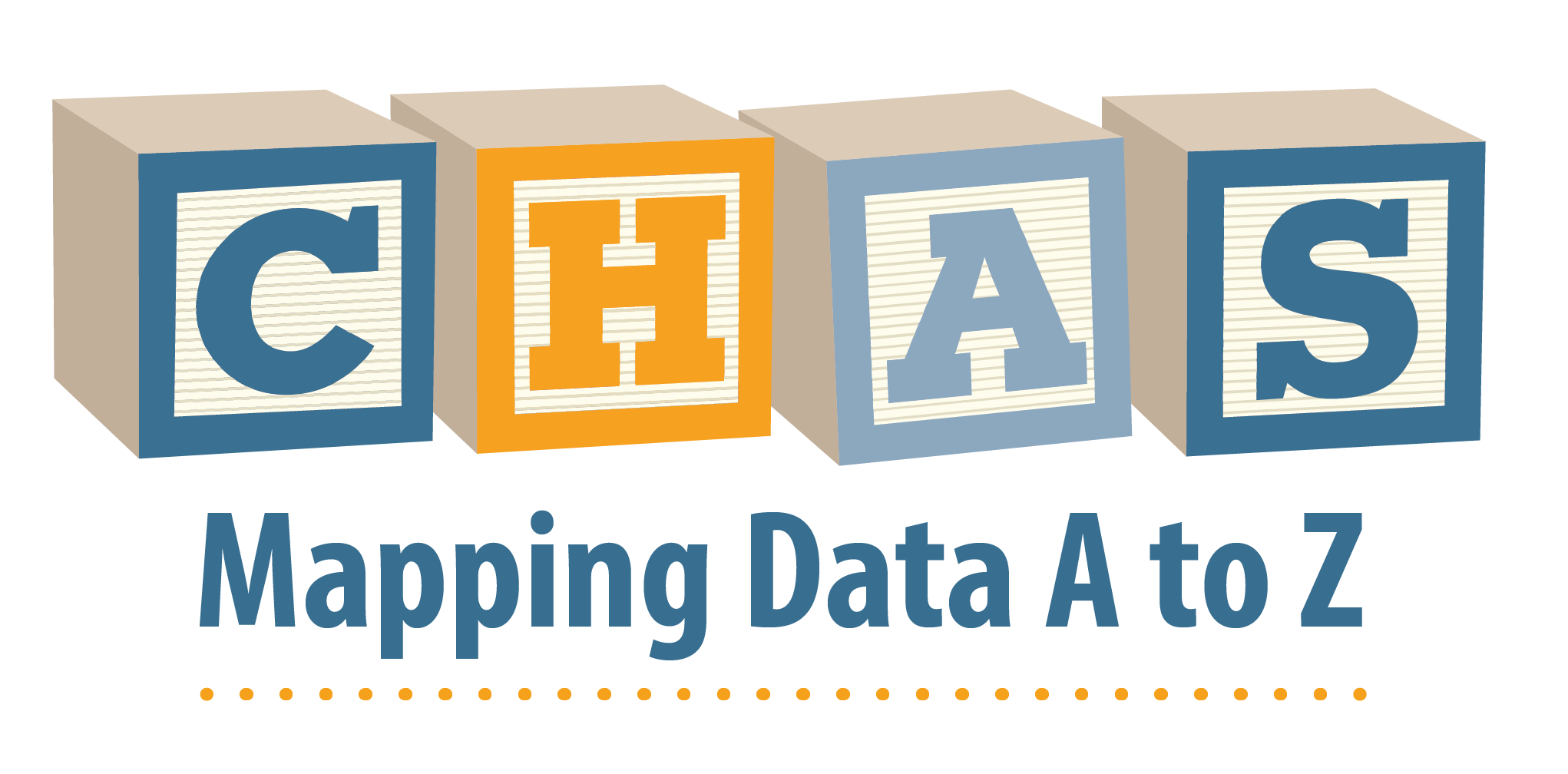
More than two-thirds (68.3 percent) of Coloradans saw a dentist or hygienist in the past year, according to findings from the 2015 Colorado Health Access Survey (CHAS). But nearly one of three Coloradans (31.7 percent) didn’t make that visit.
The CHAS also reveals considerable variation in oral health visits across Colorado.
In three regions -- the San Luis Valley, northeast Colorado and Weld County – less than 60 percent of residents visited a dentist or hygienist. Over four of ten residents living in these areas did not receive cleaning, screening or other dental services that catch problems like oral cancers early and keep our teeth and gums in shape so they stay with us over a lifetime.
Douglas County has the highest visit rate, with nearly 80 percent having spent time in a dentist chair last year. Arapahoe, Broomfield, Boulder and Jefferson counties also had over 70 percent of residents with an oral health visit.
There are many factors that influence our decisions to see a dentist, including personal experiences and fears about dental care. Cost is another reason. Having dental insurance, and a dental provider who accepts it, means you are more likely to get dental care. And it should go without saying that access to a dental provider located nearby with accommodating appointment times is a must.
It’s not surprising that the highest rates of dental visits are on the Front Range, where providers are more plentiful than other areas of the state, such as the San Luis Valley. Douglas County boasts the highest rate of residents with dental insurance, while northeast Colorado ranks near the bottom. But some regions, like Weld, have high rates of dental insurance coverage but lower rates of use, raising questions about whether there are adequate numbers of providers and if they accept public coverage like Medicaid.
These data provide helpful insights for guiding Colorado’s efforts to raise the number of residents receiving dental care. Colorado added an adult dental benefit in Medicaid in 2013 to help more low income Coloradans get care. The Colorado Health Institute analyzed how Medicaid enrollees’ use of dental services changed in the first year after adding a dental benefit. Stay tuned for more information about the new brief.
Using the Data
You can read our analysis of the 2015 Colorado Health Access Survey to learn more about this and other important issues in our state. You’ll can also find a detailed data workbook with in-depth information on oral health here. And, as always, you can email CHAS@coloradohealthinstitute.org with questions about the data or for additional information requests.



